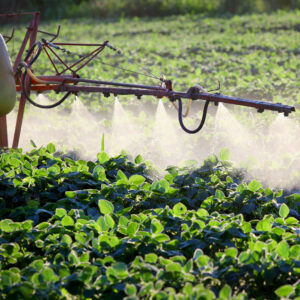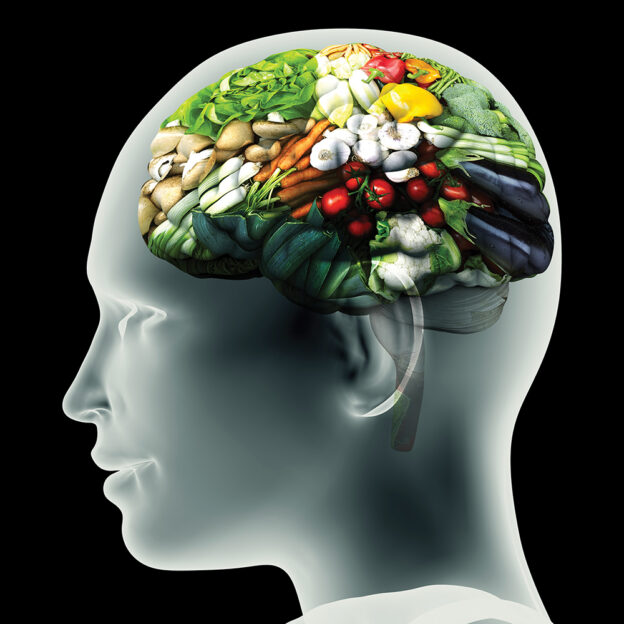By Andre Leu.

A large body of published, peer-reviewed scientific research shows that pesticide exposure in unborn and growing children is linked to:
• Cancers
• Thyroid disorders
• Immune system problems
• Lower IQs
• Attention deficit hyperactivity disorder (ADHD)
• Autism spectrum disorders
• Lack of physical coordination
• Loss of temper—anger management issues
• Bipolar and schizophrenia spectrum disorders
• Depression
• Digestive system problems
• Cardiovascular disease
• Reproductive problems (in adults)
• Deformities of the genito-urinary systems
• Changes to metabolic systems, resulting in conditions including childhood obesity and diabetes
The Special Needs of the Developing Fetus and Newborn
Many scientific researchers have expressed concern that the current pesticide testing methodologies are grossly inadequate for children. The US President’s Cancer Panel (USPCP) 2008-2009 report, written by eminent scientists and medical specialists from the US Department of Health and Human Services, the National Institutes of Health, and the National Cancer Institute, stated, “[Children] are at special risk because of their smaller body mass and rapid physical development, both of which magnify their vulnerability to known or suspected carcinogens, including radiation.”
In addition, according to the USPCP, “Chemicals typically are administered when laboratory animals are in their adolescence, a methodology that fails to assess the impact of in utero, childhood, and lifelong exposures.”
This is a very important issue given that around 80 percent of cancers are from environmental causes, including pesticide exposure. The panel reported that “approximately 40 chemicals classified by the International Agency for Research on Cancer (IARC) as known, probable, or possible human carcinogens, are used in EPA-registered pesticides now on the market.”
This issue is critical, as there is a large body of published science showing that the fetus and the newborn are continually being exposed to numerous chemicals. The USPCP stated, “Some of these chemicals are found in maternal blood, placental tissue, and breast milk samples from pregnant women and mothers who recently gave birth. These findings indicate that chemical contaminants are being passed on to the next generation, both prenatally and during breastfeeding.”
The USPCP not only expressed concern about the levels of these chemical contaminants but also pointed out that this issue is being ignored by regulators because of the critical lack of knowledge and researchers. “Numerous environmental contaminants can cross the placental barrier; to a disturbing extent, babies are born ‘pre-polluted.’” Children also can be harmed by genetic or other damage resulting from environmental exposures sustained by the mother (and, in some cases, the father). There is a critical lack of knowledge and appreciation of environmental threats to children’s health and a severe shortage of researchers and clinicians trained in children’s environmental health.”
Linking Chemical Exposure to Pesticides
A number of studies show the link between chemical exposure—particularly to pesticides—and the increase of cancer in children. The USPCP report states, “Cancer incidence in US children under 20 years of age has increased.”
The information from USPCP shows that current regulatory systems have failed to protect unborn and growing children from exposure to a massive cocktail of toxic pesticides. This has many serious implications, especially the increase in a range of serious health issues in both children and adults.
Developmental Neurotoxicity
Scientific research shows that many pesticides affect the normal development of the nervous system in fetuses and children. The brain contains the largest collection of nerve cells, and there are several scientific studies showing that when the fetus and the newborn are exposed to minute amounts of these pesticides, below the current limits set by regulatory authorities, they can significantly alter brain function.
Researchers at Duke University Medical Center found that the developing fetus and the newborn are particularly vulnerable to amounts of pesticides lower than the levels currently permitted by regulatory authorities around the world. Their studies show that the fetus and the newborn possess lower concentrations of protective serum proteins than adults. A major consequence is developmental neurotoxicity, where the poison damages the developing nervous system.
This damage interferes with the normal development of the brain and other parts of the nervous system, such as auditory nerves, optic nerves, and the autonomous nervous system, resulting in lower IQs, ADHD, autism spectrum disorders, lack of physical coordination, anger management issues, bipolar and schizophrenia spectrum disorders, and depression, as well as problems with eyesight and hearing.
This means that contact with chemicals at levels well below the current permitted residue quantities in food can harm the fetus and the breastfeeding child, even if the mother shows no side effects from the contact. Eating food with pesticide residues can harm young children, as they are still developing their nervous systems.
Brain Abnormalities and IQ Reductions in Children…
To continue reading, see Vol. 24, No. 4, July/August 2015 (available in print or digital format).





